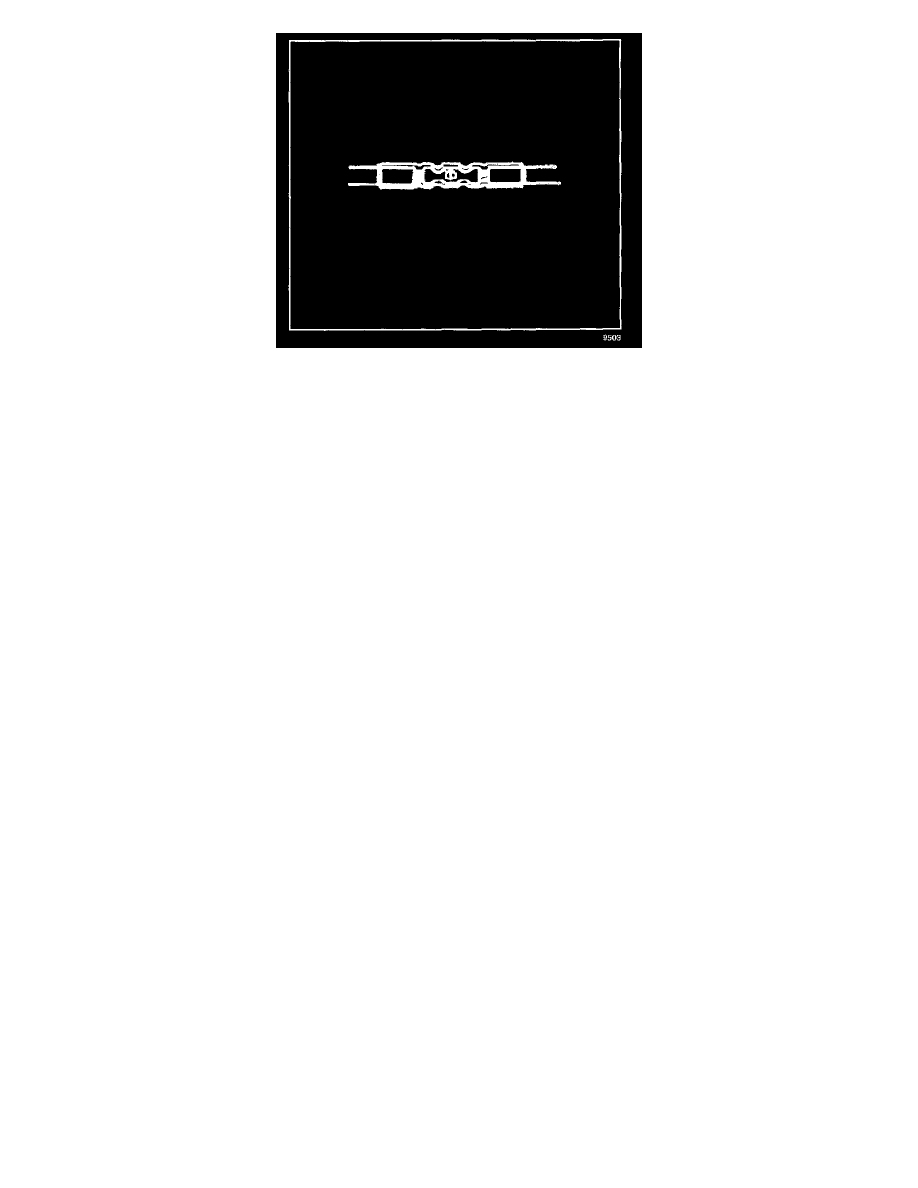Astro Van 2WD V6-4.3L VIN W (2001)

9. Using the heat torch, apply heat to the crimped area of the barrel.
10. Gradually move the heat barrel to the open end of the tubing:
^
The tubing will shrink completely as the heat is moved along the insulation.
^
A small amount of sealant will come out of the end of the tubing when sufficient shrinkage is achieved.
SIR/SRS Wiring Repairs
TOOLS REQUIRED
J 38125-B Terminal Repair Kit
The supplemental inflatable restraint (SIR) system/supplemental restraint system (SRS) requires special wiring repair procedures due to the sensitive
nature of the circuitry. Follow the specific procedures and instructions when working with the SIR/SRS system wiring, and the wiring components (such
as connectors and terminals).
IMPORTANT: Do not use the terminals in the kit in order to replace damaged SIR/SRS system terminals unless specifically indicated by the terminal
package.
The tool kit J 38125-B contains the following items:
^
Special sealed splices - in order to repair the SIR/SRS system wiring
^
A wire stripping tool
^
A special crimping tool
^
A heat torch
^
An instruction manual
The sealed splices have the following 2 critical features:
^
A special heat shrink sleeve environmentally seals the splice. The heat shrink sleeve contains a sealing adhesive inside.
^
A cross hatched (knurled) core crimp provides necessary contact integrity for the sensitive, low energy circuits.
The J 38125-B also serves as a generic terminal repair kit. The kit contains the following items:
^
A large sampling of common electrical terminals
^
The correct tools in order to attach the terminals to the wires
^
The correct tools in order to remove the terminals from the connectors
Splicing Copper Wire Using Splice Clips
TOOLS REQUIRED
J 38125-B Terminal Repair Kit
